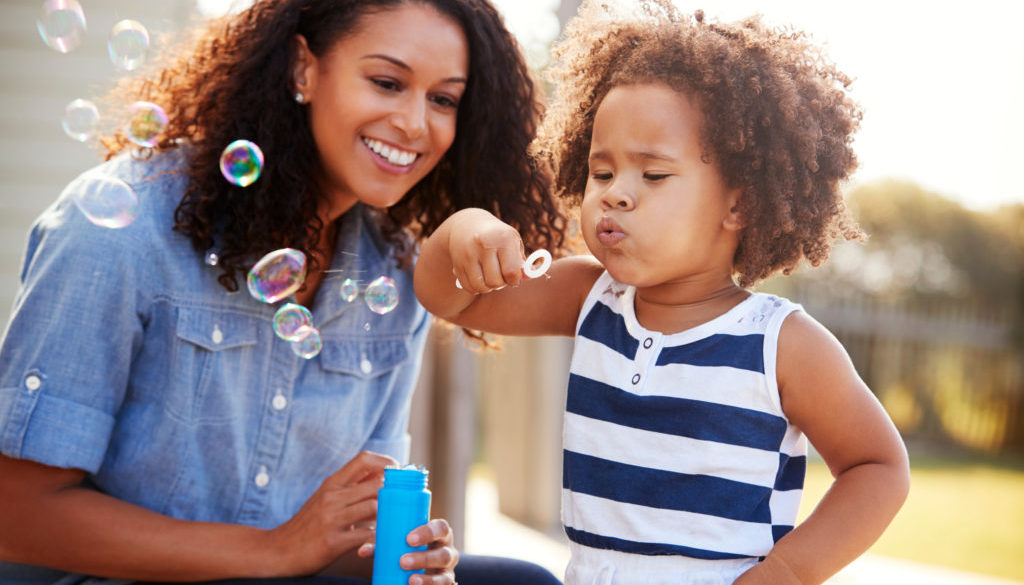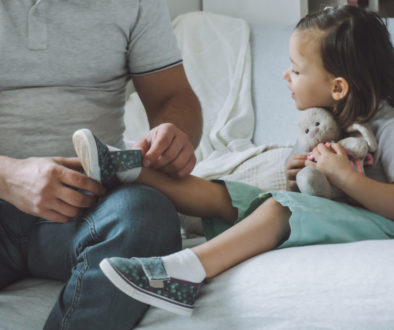Tips to Promote Self-Regulation Skills

All children get upset from time to time, from someone snatching a favorite toy to having to leave a play date when they are having fun; anger is a natural reaction to a frustrating experience. As parents, we cannot prevent our children from ever encountering frustration, but we can help them learn how to cope and express these big feelings in a calmer way. Teaching them how to stay relaxed and calm in stressful situations at a young age can better prepare them for emotional success later in life.
Children start to learn self-regulation techniques early in life. Picking babies up and holding them when they are upset is the first step in teaching regulation. They learn that the world is a safe place, their caregivers will help them get their needs met and support their feelings. Try these everyday tips to support your little one in building self-regulation skills:
- Help your child identify the triggers. Young children don’t always know they are getting upset until it is a major melt down, so if you can help them identify the physical symptoms they are feeling (such as heart pounding, talking louder, or face getting hot) and what triggers them, they will have a better chance at recognizing their own feelings in the future.
- Share your feelings with your child. If someone cuts you off in traffic, you might let them know that it scared you. Waiting to see the doctor or in a long line is a good time to talk to your child about how frustrating waiting can be, and then use the opportunity to talk about what we can do to help us wait patiently.
- As a toddler, your child is learning to manage big feelings. Naming feelings is important in teaching your child to identify them and self-regulate. When toddlers are given words for feelings, they can eventually learn to recognize them, and eventually handle them. When you hold your infant and toddler and support them through tough feelings, you are building social emotional competence.
- Talk with your child about different ways to handle stressful situations. Deep breathing is a wonderful way to calm anger and it can be easily taught to young children. Taking a break is another way to remain calm in a stressful situation. Try the strategy yourself when you get angry, telling your child “Mommy is frustrated right now and needs a few minutes to calm down.”
One of the most important ways to teach your child to be calmer is to practice being calmer yourself. If you tend to raise your voice when angry, your child will likely do the same. Remember, calm is contagious—but so is stress. When we as parents are nervous, anxious, or easily angered it is more likely to increase these behaviors and reactions in our children. children learn self-regulation techniques through the way we parent and how we manage our feelings. Let’s strive to be the best role models we can be!





